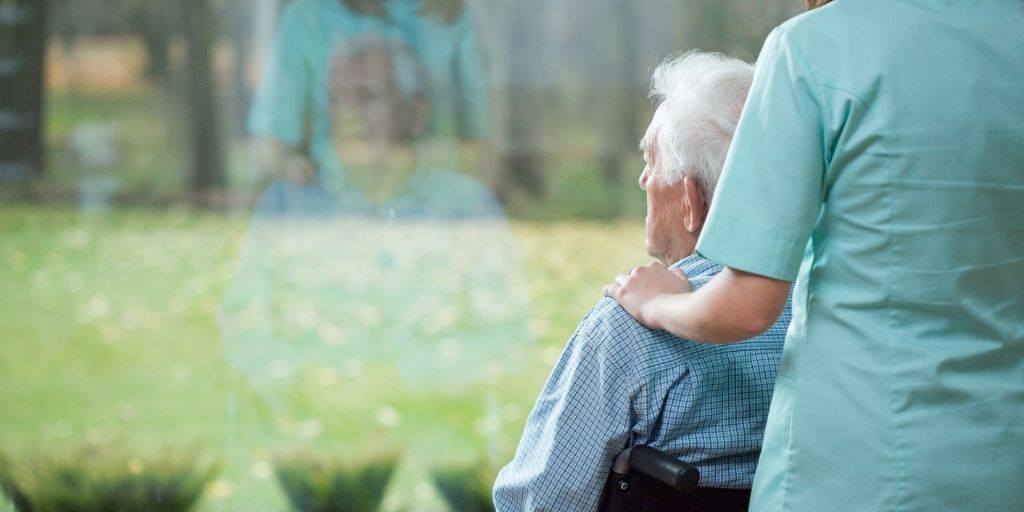
While the public has become more aware of the social care sector during the pandemic, thanks to initiatives such as ‘clap for carers’, the army of people caring for a loved one at home remains relatively forgotten.
Despite this group of almost nine million people playing a crucial role in caring for some of the nation’s most vulnerable people, from those living with dementia and learning disabilities, to people suffering with depression and physical disabilities, many home carers have felt let down by the lack of support received and have consequently experienced an impact on their own mental health.
This Good Care Month (July 2021) Zillah Moore, Director at Tunstall Healthcare, discusses how home carers have been impacted by the pandemic, and the crucial role of technology in supporting their mental health and efficacy of their care.
The impact of Covid-19
According to a recent study by the University of Glasgow’s MRC Social and Public Health Sciences Unit, unpaid carers who look after another member of their household had poorer mental health than the general population before lockdown, and this worsened as lockdown continued.
While care home workers were overwhelmed with a tragic number of deaths amongst residents across the UK, reliance on home carers also increased with many existing carers providing even more support as health and social care services, and community initiatives such as luncheon clubs were withdrawn. This greater care burden, and the reduction of help which was available before lockdown has had a particularly significant impact on the mental health of home carers. The pandemic also increased the sense of isolation some carers experienced, as they were unable to see friends and family, or use facilities outside the home such as libraries or cafes.
The crucial role of technology
With many people facing the huge task of caring for a loved one while also coping with reduced support, a simple way to ease the pressure both physically and mentally is to utilise technology to more effectively help both home carers and the people they care for.
Telecare is a system of wireless sensors placed around the home, which immediately detect risks such as fires, floods and falls. As soon as a risk is detected by one of the sensors, an alert is sent to a telecare monitoring centre via a central Lifeline home unit using the phone line or mobile network. Experienced operators can then ensure an appropriate response, such as calling the emergency services or their carer.
Technology like this offers individuals 24/7 person-centred care, and gives carers the reassurance they need to be able to take some well-deserved ‘me time’, get a good night’s sleep or be able to attend to household chores without feeling anxious or guilty.
Telecare and other technology also supports remote patient monitoring and connects key stakeholders such as clinicians to carers and vulnerable people quickly and efficiently. This not only reduces the risk of cross infection during times of crisis such as the Covid-19 pandemic, but reassures carers that they can access the right help at the right time.
Looking to the future
In order to protect the UK’s most vulnerable people and maintain good mental health of people caring for loved ones at home, local authorities and health and care providers must embed technology into homes and ensure a minimum technology standard is available to everyone in need.
The new systems designed will build upon the successes that telecare and remote health monitoring have already delivered. As we look towards the future and to the recovery of our society, home carers will continue to be central to the wellbeing of thousands of vulnerable people across the UK. By harnessing the development of new technology, to enable new models of care, personalisation and support, we will meet the needs of a growing and ageing population with complex care needs.












